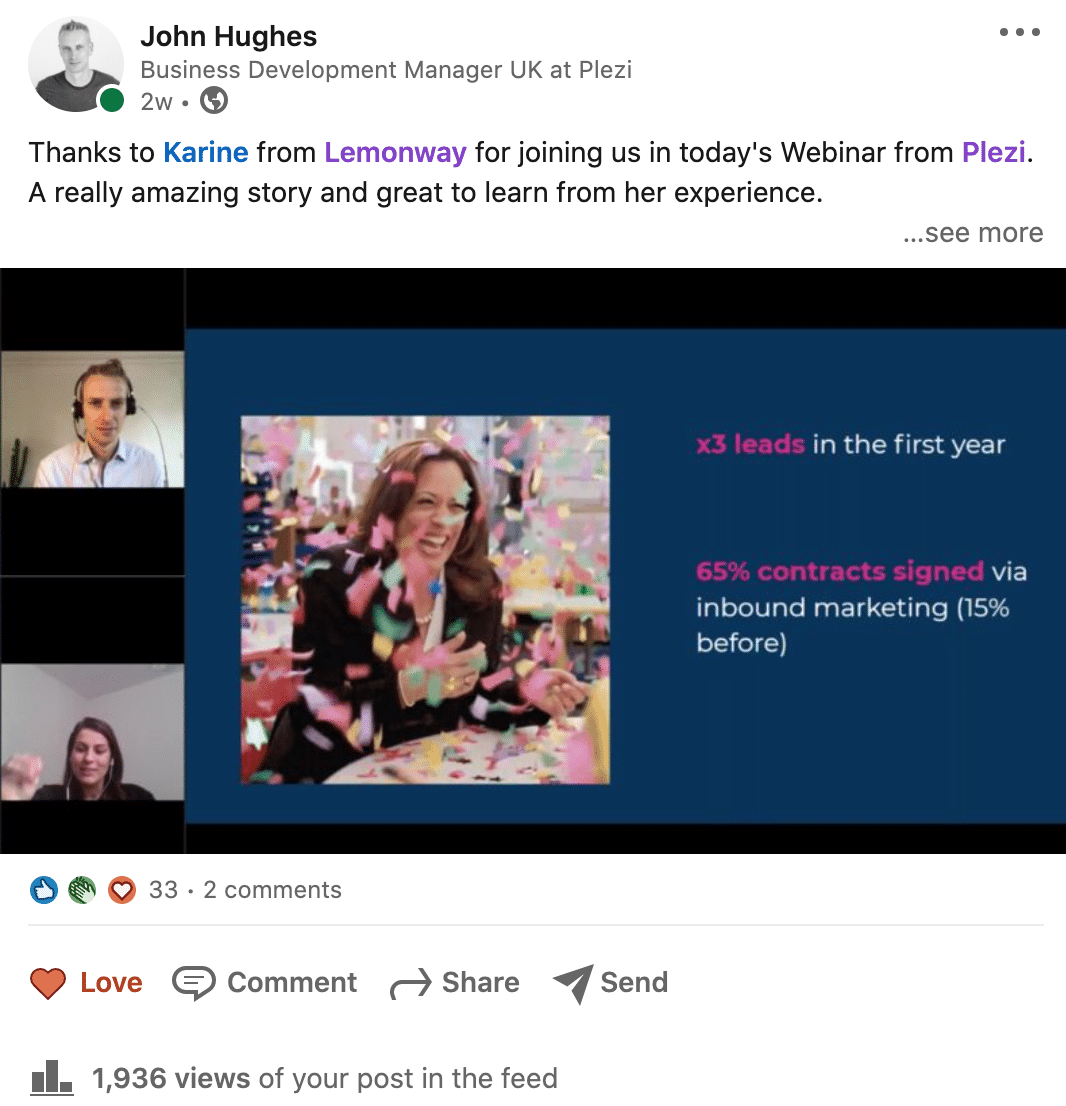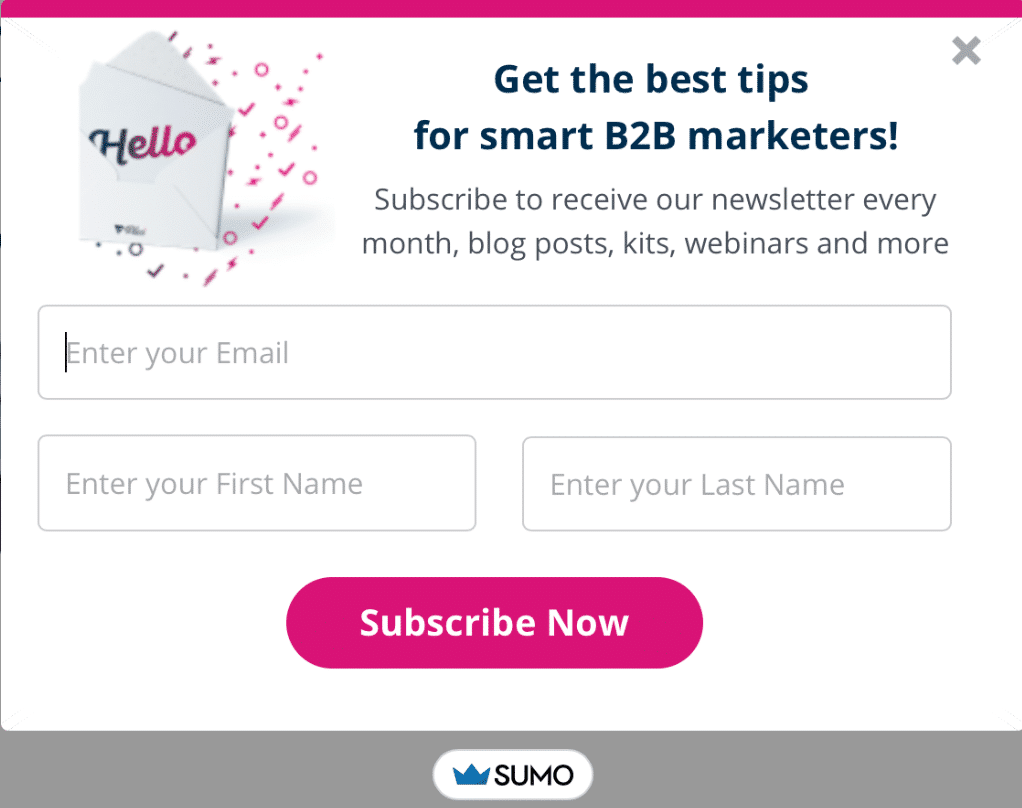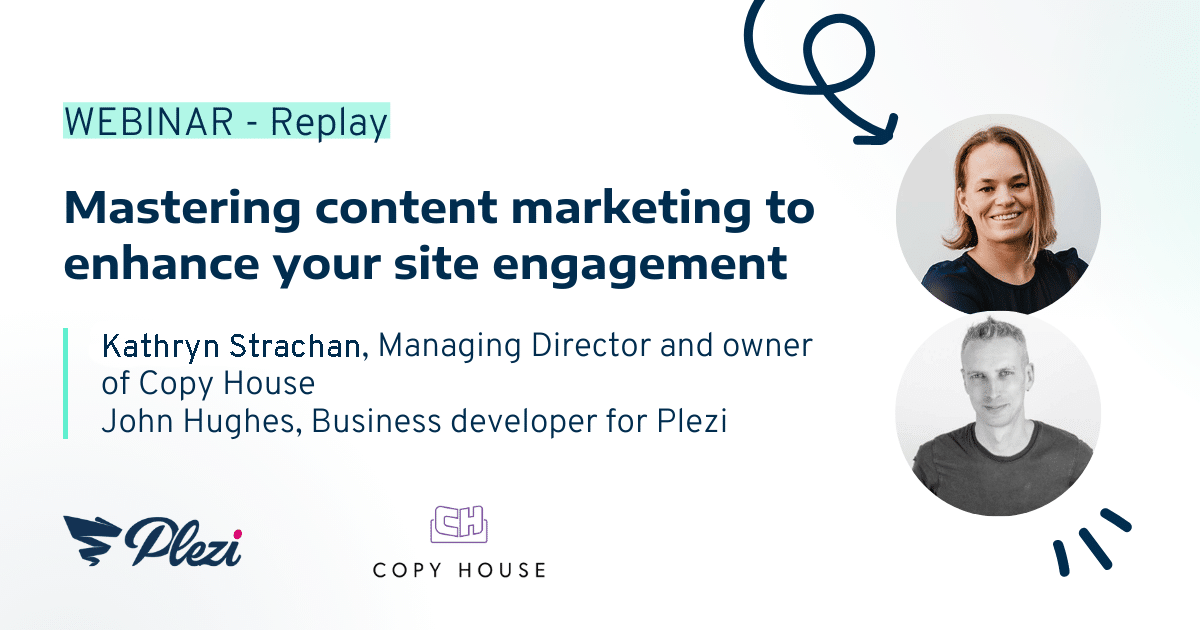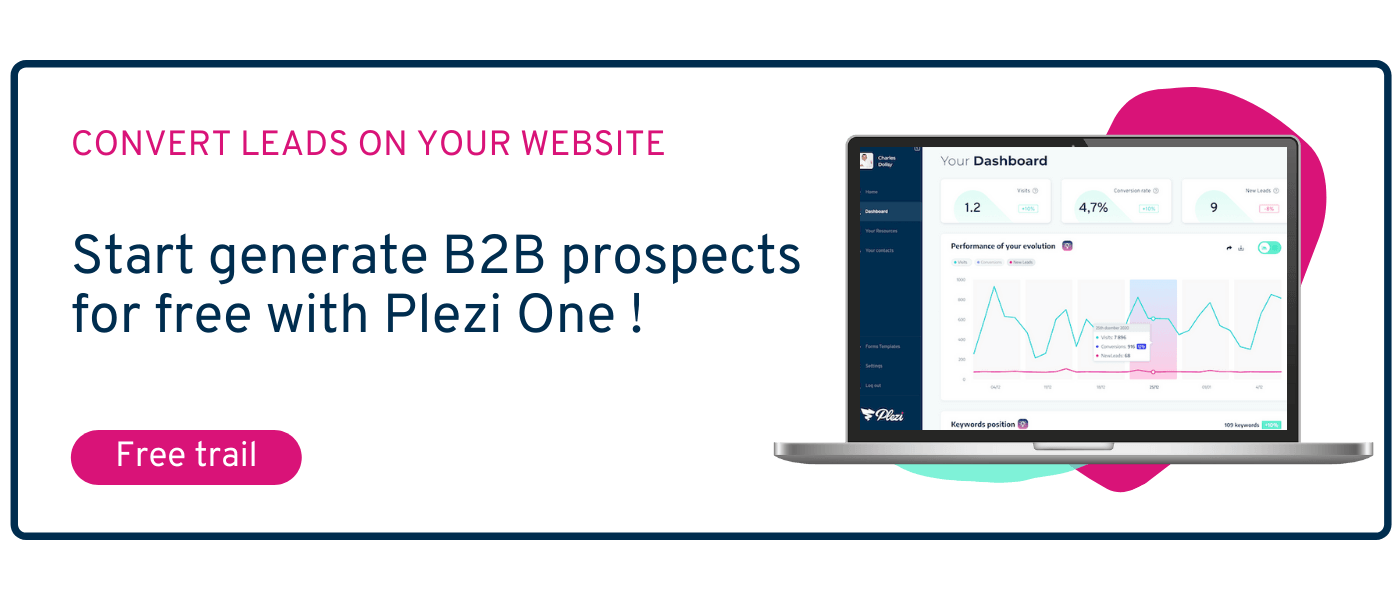In today’s connected world, having a strong online presence is now vital for any small business. An inbound marketing strategy is a cost-effective way for small businesses to increase brand awareness, build credibility, and generate leads. But with so much information now available on the subject, it can be hard for start-ups and small marketing teams to know just where to start. To help you take advantage of inbound marketing, we’ve put together a list of 20 marketing tips that you can use to grow your company.
1. Create buyer personas
All of your marketing efforts should be focused on addressing the needs of your ideal customers. But who are they? To find out, you need to create buyer personas, or fictional profiles of your ideal customers, using data and research to answer questions about their roles, challenges, and pain points. These will help you to start segmenting your customers so you can tailor your offering to the specific needs of each segment.
2. Write a value proposition
Once you know who your ideal customers are, you need to tell them exactly why they should purchase your product or service. A value proposition clearly states the benefits of doing business with you and what differentiates your product or service from those of your competitors. By having a value proposition clearly displayed on your website, you can start to not only build trust with prospects but also to qualify them.
3. Choose the right marketing tools to help you achieve your goals
In the digital age, marketing has become increasingly reliant on technology. By using the right tools, you can make your marketing actions more effective and potentially save a lot of time and money. But there are now so many different tools available it can be hard to know which ones you really need. Start by using free tools where possible, and only sign up for paid tools if you can see that there are significant advantages for doing so.
4. Consider outsourcing tasks
At first, you might not have all the skills available in-house to carry out many of the marketing tasks you want to. If so, you’ll need to weigh up the pros and cons of outsourcing work to agencies or freelancers. The answer will very much depend on your specific circumstances. Outside specialists let you take advantage of their expertise, but you’ll have to be sure they understand your business. If you have a recurring need for certain skills, it might make sense to create an in-house role for this.
5. Optimise your website design
If you want your website to be visible online, you need to ensure that it’s optimized for search engines (SEO). The first thing you need to look at is technical SEO, or the technical aspects of your website that affect how well it can be crawled and indexed by search engines. With an estimated 70% of all web traffic now coming from a mobile device, you also need to make sure your website is optimized with mobile in mind.
6. Research relevant keywords
The second main part of SEO concerns on-page SEO. This covers things on your website that help improve how your content ranks on search engines. A large part of this involves researching which keywords your target audience is searching for, then incorporating these into things like written content, page titles, meta-descriptions, and HTML tags. By doing this, buyers will be much more likely to find your website in search results.
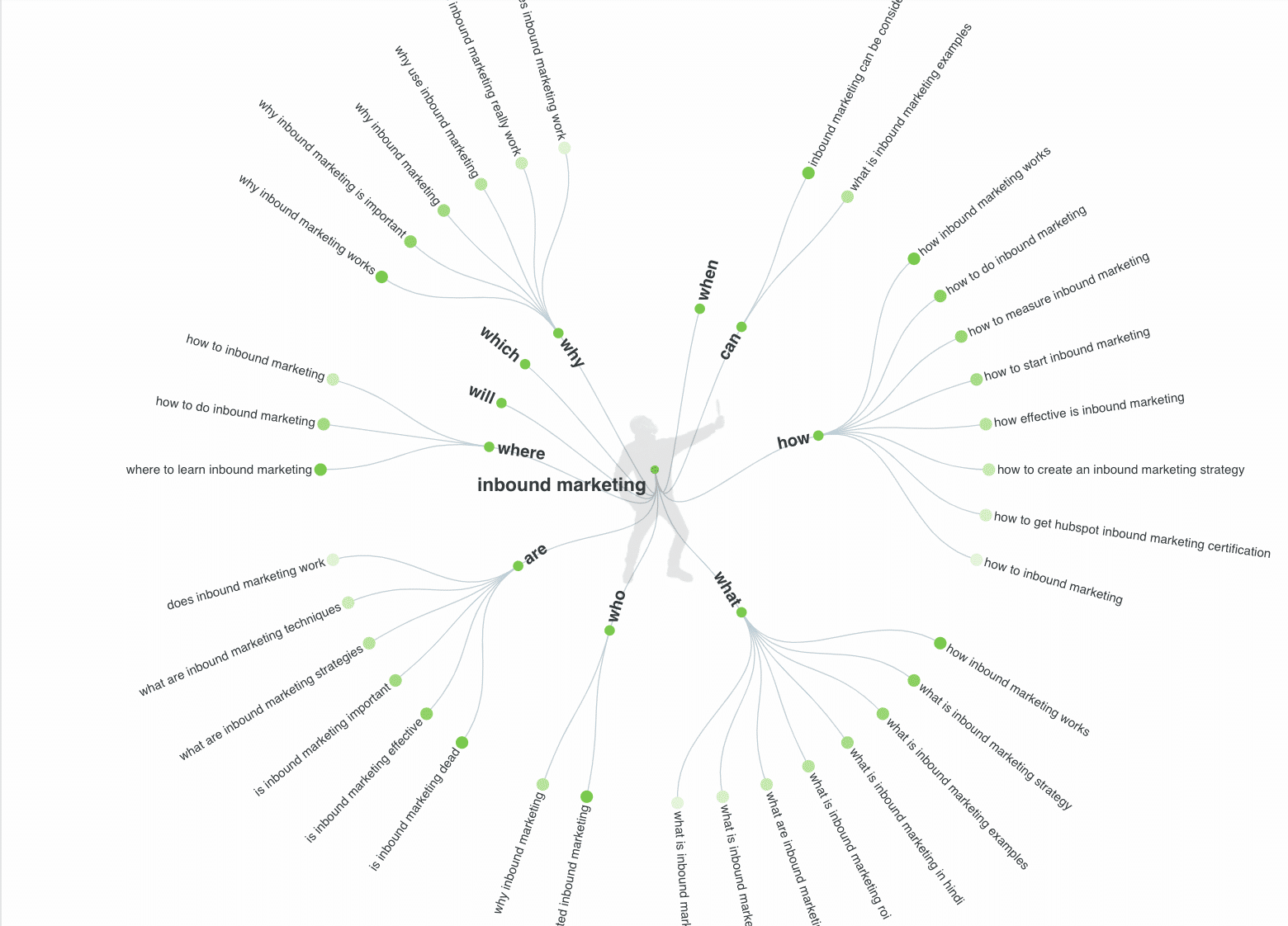
7. Write informative blog posts
Consistently creating informative blog posts that incorporate keywords your target audience is searching for is the basis of any inbound marketing strategy. By doing so, you can both establish your brand as an authority for a given topic and greatly increase the visibility of your website online. When looking for ideas for blog posts, you should think first and foremost about the pain points of your buyer personas and how you can address those.
8. Share content on social media
Sharing the content that you create on different social media platforms will give it a much greater reach. If users find your content valuable, it can also significantly increase traffic to your website. You should focus your efforts on the social media platform that is most used by your ideal customers. For most B2B companies, this will probably be LinkedIn or Twitter, or a combination of the two.
9. Engage with users on social media
Social media is a two-way street. Engaging with social media users who comment on and like your posts can provide you with valuable information on what their needs are. This will help you improve your offering and marketing processes as a result. By answering any questions quickly, you can also build trust and credibility for your business. This will give you an edge over your competitors when your prospects are ready to make a purchase and help inspire customer loyalty once they do.
10. Create landing pages
Landing pages are pages on your website used to offer visitors valuable free resources like webinars and white papers in exchange for information such as their contact details. They give potential customers access to more information on a certain topic and let you generate leads.
Landing pages should be carefully designed to generate as many leads as possible. By including elements like online forms and a call to action, they can greatly increase the conversion rate of your website.
11. Offer lead magnets
The resource that visitors can access from a landing page is called premium content or a lead magnet. Typical examples of these are webinars and white papers. Lead magnets induce prospects to provide you with information about themselves by addressing their specific pain points. They not only help establish your brand as a credible source of information, but they also enable you to start creating a relationship with those prospects.
12. Capture emails on your website
Above all, your website should be designed to generate leads. To do this, you need to collect information from as many visitors as possible. In addition to the forms that you include on your landing pages, you can use an email capture tool to collect information like email addresses on other pages of your website. These use attention-grabbing elements like pop-ups that can greatly increase the chances that visitors will provide this information.
(An example of Plezi’s pop-up)
13. Nurture leads with email marketing
Most of the leads that access your lead magnets won’t yet be ready to buy. But if you have their email address, you can use it to move them closer to purchase by sending leads the right content at the right time in the process known as lead nurturing. This will increase sales and can easily be done with the aid of an email marketing tool or marketing automation software like Plezi.
14. Personalise the buyer’s journey
By personalizing the buying experience for each of your prospects, you will increase both sales and customer loyalty. You start to do this when you create buyer personas to segment your ideal customers. The next step is to personalize emails to prospects based on their interests and stage in the marketing funnel. True marketing automation software like Plezi enables you to do this with its smart campaign feature.
15. Consider pay-per-click (PPC) advertising
If you want to see results quickly, PPC advertising on networks like Google Ads and Bing Ads can complement an inbound marketing strategy. Here, you bid a certain amount of money for keywords that your target audience is searching for to appear above other search results. Each time a user clicks on your ad, you pay the amount you bid. But to be effective, your website must be as optimized as possible. If you’re not converting visitors into leads or customers, it can prove expensive.
16. Develop marketing partnerships
A great way to increase your brand awareness is to create content with companies or professionals in your sector with a similar target audience but who aren’t your direct competitors. This lets you leverage the audiences of all involved, giving you access to a potentially large new group of people who might be your ideal customers. At Plezi, we often partner with industry leaders to produce webinars and online events.
(An example of a joint Webinar between Copy House and Plezi)
17. Collect customer testimonials
97% of B2B buyers say that user-generated content is more credible than other types of content. Displaying customer testimonials on your website is an easy and cost-effective way to enhance the credibility of your business and build trust with potential customers. These often describe how a customer who is similar to your prospects has benefited from your product or service or how it addressed their pain points.
18. Create brand ambassadors
You’re much more likely to turn customers into promoters of your business if you nurture your relationship with them after they’ve made a purchase. By keeping in touch with customers, asking them for feedback, and even involving them when you create content, you can turn them into loyal brand ambassadors who will recommend your business to their network. That’s important when 83% of consumers trust recommendations from their peers. At Plezi, our relationship with Lemonway is a good example of this.
19. Measure the ROI of your marketing
The only way to know if your marketing actions are creating results is by measuring their return on investment (ROI). That can often be difficult to do because there are many different variables which can affect whether someone is converted into a lead or customer.
There are a number of ways to calculate the ROI of marketing actions manually. Using marketing automation software like Plezi makes it a lot easier to calculate this accurately.
20. Don’t be afraid to try new things
Only you can decide what works for your business. So don’t be afraid to experiment with new marketing ideas. If something works, it might put your business one step ahead of the competition. If you want to try out a different marketing tactic, make sure you start with some sort of hypothesis or question that you want to answer and have some way to measure the results with data.
With more and more B2B buyers researching products and services online, small businesses can’t afford not to have an online presence. By using an inbound marketing strategy, you can address the specific needs of your prospects and build lasting relationships with your customers, all for much less than the cost of a traditional advertising budget. Hopefully, these tips will help you get started.
Do you have any other marketing tips for small businesses? What are some of the things that have worked for you? Why not tell us about them in the comments below?






